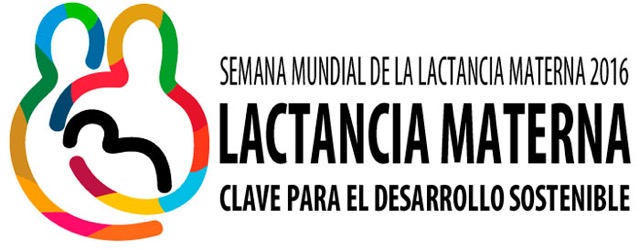August 1-7
HOW TO FEED OUR CHILD FROM BIRTH
Breastfeeding, key to sustainable development
Breast milk is the best food a baby can receive, from birth to the first years of life; it also creates a close mother-child bond.
A mother's milk production depends on many factors: genetics, mood, among others; but above all, it is affected by several aspects of pregnancy, such as diet, physical activity, special care and stimulation.
Breast milk has 3 stages:
- COLOSTRUM: is a thick yellowish liquid, rich in proteins and fat-soluble vitamins.
It strengthens the baby's immune system and lasts about 48 hours after birth. - TRANSITION MILK: It is whiter and more watery, rich in fat and lactose in water-soluble vitamins and also has a higher caloric value than colostrum.
- MATURE MILK: appears between the 3rd and 6th week, and if there were no complications. Breastfeeding can continue for up to two years, if the mother and baby wish.
When it comes to breastfeeding, the difference between a cesarean section and natural birth is the time it takes for breast milk to form; in the former case, it can take up to 3 days and with natural birth it is practically immediate.
BENEFITS OF BREASTFEEDING
- Providing antibodies to prevent infections
- Easy-to-digest milk reduces the risk of diarrhea and respiratory diseases
- Creates a close bond in the mother-child relationship
- Reduces the risk of obesity in adulthood
- Breastfeeding is a natural calming agent
- Zero cost
- It is ready at any moment.
If you know this, what are you going to recommend?
Places of interest
Gianella Pedemonte
Bachelor of Nutrition
